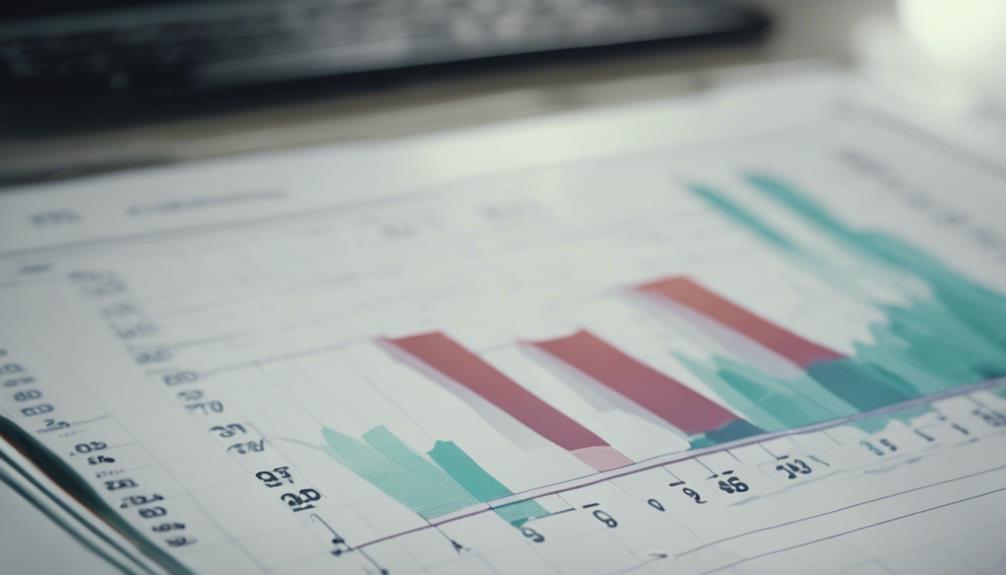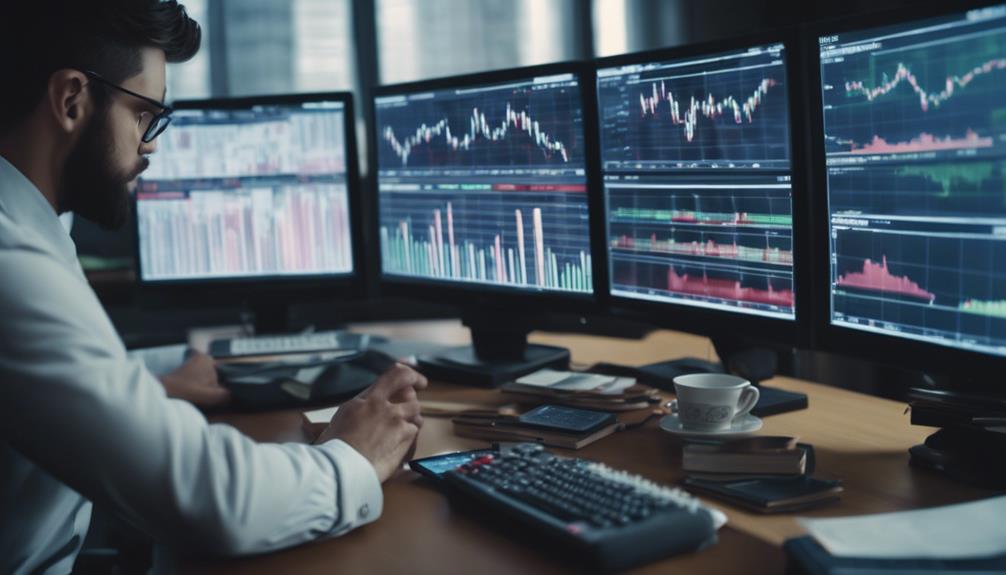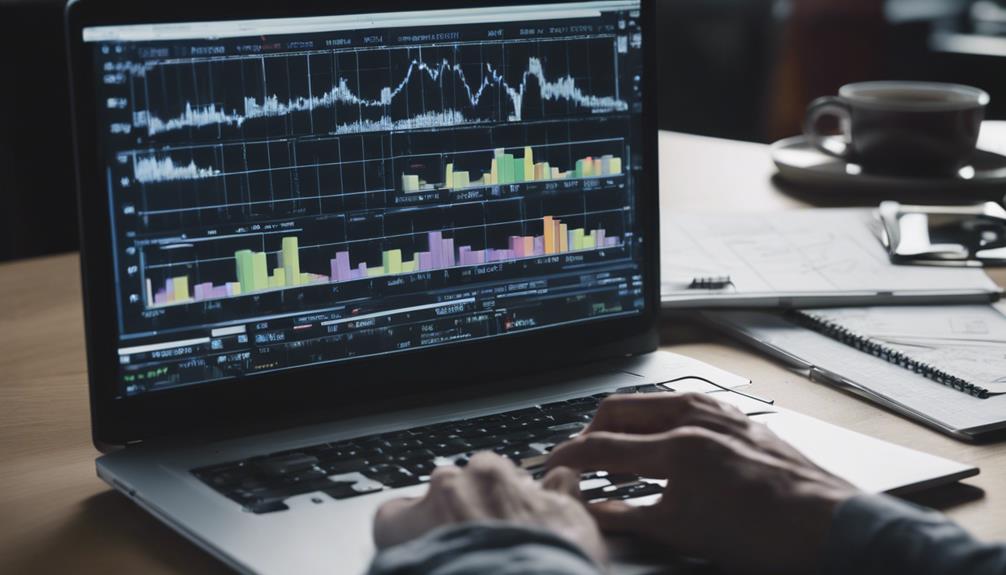Successful forex trading is not just about luck. It involves using smart strategies and working hard. By paying attention to risk management, understanding technical and fundamental analysis, managing your emotions, and creating good strategies, you can improve your chances of making money.
But there's one secret trick that experienced traders always use. Want to find out what it is? Keep reading to learn the key to successful forex trading.
Risk Management

Managing risk is very important when trading forex. It helps protect your money and reduces potential losses. One key part of risk management is deciding how much money to risk on each trade compared to your total account size. This helps control how much risk you're taking and ensures that one bad trade doesn't wipe out a big chunk of your account. By following good practices for deciding trade sizes, traders can handle losing streaks without running out of money.
Another important aspect of risk management is using stop losses. A stop loss is a price you set in advance to exit a trade if it starts losing money. It acts like a safety net, limiting how much you can lose on a trade. To set effective stop losses, traders can consider technical levels, support and resistance, or market volatility to avoid being stopped out by normal market movements. By using stop losses along with proper trade sizes, traders can better navigate the risks of forex trading with more confidence and discipline.
Technical Analysis
Technical analysis in forex trading uses past price data and math to predict future price movements. Traders look at charts and patterns to help them make smart trading choices. Important parts of technical analysis include:
- Finding trends: Traders use technical analysis to spot trends in the market, like going up, down, or staying the same. Knowing the trend helps traders pick the best times to enter and exit trades.
- Support and resistance: Analysts watch support and resistance levels closely. These are prices where a currency pair has had trouble going beyond (resistance) or staying above (support). These levels can help traders predict when prices might change or break out.
- Chart patterns: Technical analysis also involves looking at patterns on charts, like head and shoulders, triangles, and flags. These patterns can give clues about where prices might go next based on past patterns.
Fundamental Analysis

Fundamental analysis is when analysts look at different economic things that can affect how much a currency is worth in the forex market. They study things like GDP, employment rates, inflation, and interest rates to understand how well a country's economy is doing and how its currency might perform in the future. Knowing how these economic indicators can change market trends is important for making smart trading choices.
Here are some key economic indicators and what they mean:
- GDP: This shows how much a country produces economically.
- Employment Rates: This tells us how many job opportunities are available.
- Inflation: This shows how fast prices are going up.
- Interest Rates: These impact how much it costs to borrow money and how much you can earn on investments.
Trading Psychology
When you trade in forex, it's important to understand how your feelings can affect your decisions. Being able to control your emotions is crucial for handling the changes in the forex market. You should try to stay calm and think clearly, even when the market goes up and down a lot.
It's also helpful to keep a positive attitude and stay focused on your goals. Knowing yourself well is important too, so you can recognize any biases that might affect your choices. By being aware of these biases, you can make smarter decisions based on facts rather than emotions.
Setting achievable goals and having a clear trading plan can also help you trade more successfully in the long run.
Strategy Development

Developing effective forex trading strategies is really important for making more money and reducing risks in the currency markets. Strategy development means creating a set of rules that tell a trader when to enter and exit trades. To see if a strategy works well, traders use backtesting methods to look at how it performed in the past. This helps traders adjust their strategies and make smart choices. Entry signals are specific signs that show when to start a trade, which helps traders find good opportunities in the market.
| Backtesting Methods | Entry Signals |
|---|---|
| Looking at past data | Watching moving averages |
| Improving strategies | Using RSI for signals |
| Checking performance | Using Fibonacci levels |
| Understanding risks | Noticing MACD changes |
| Tweaking strategies | Using Bollinger Bands |